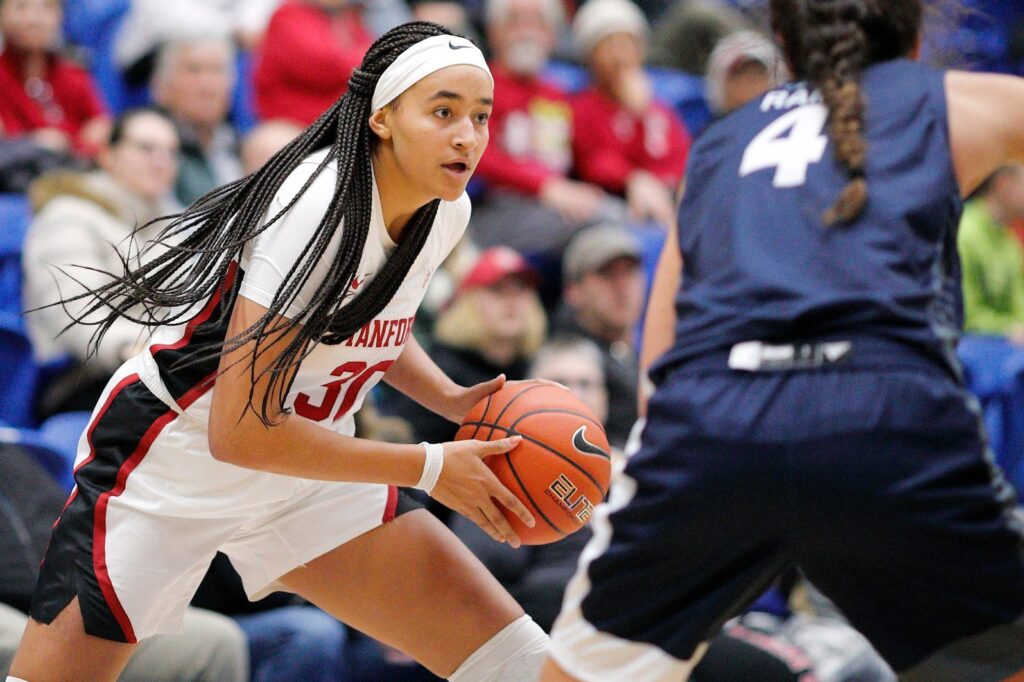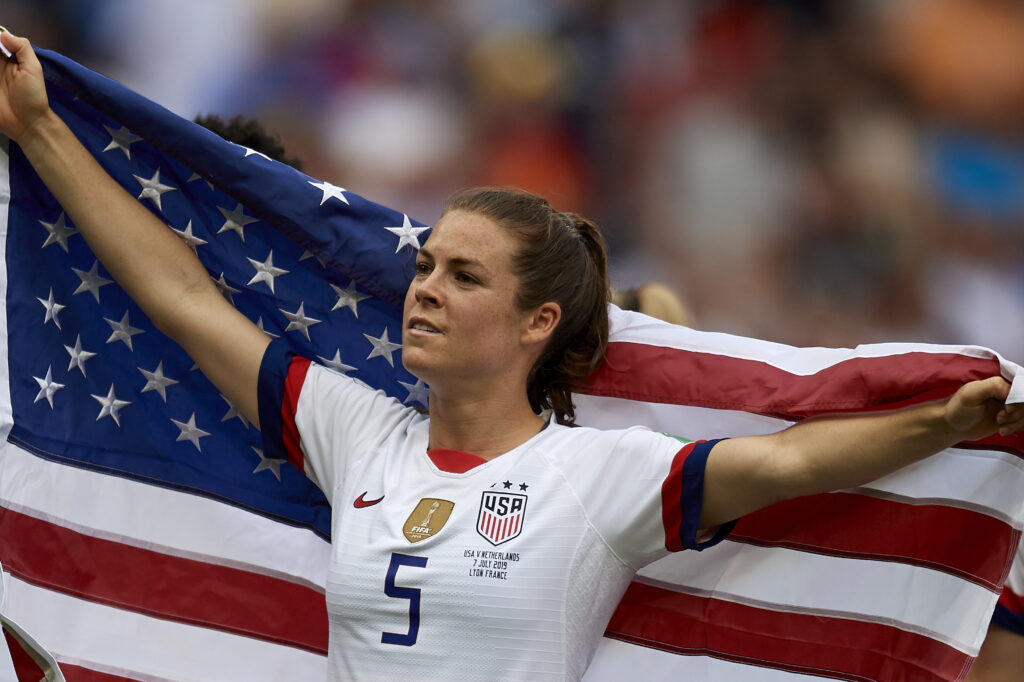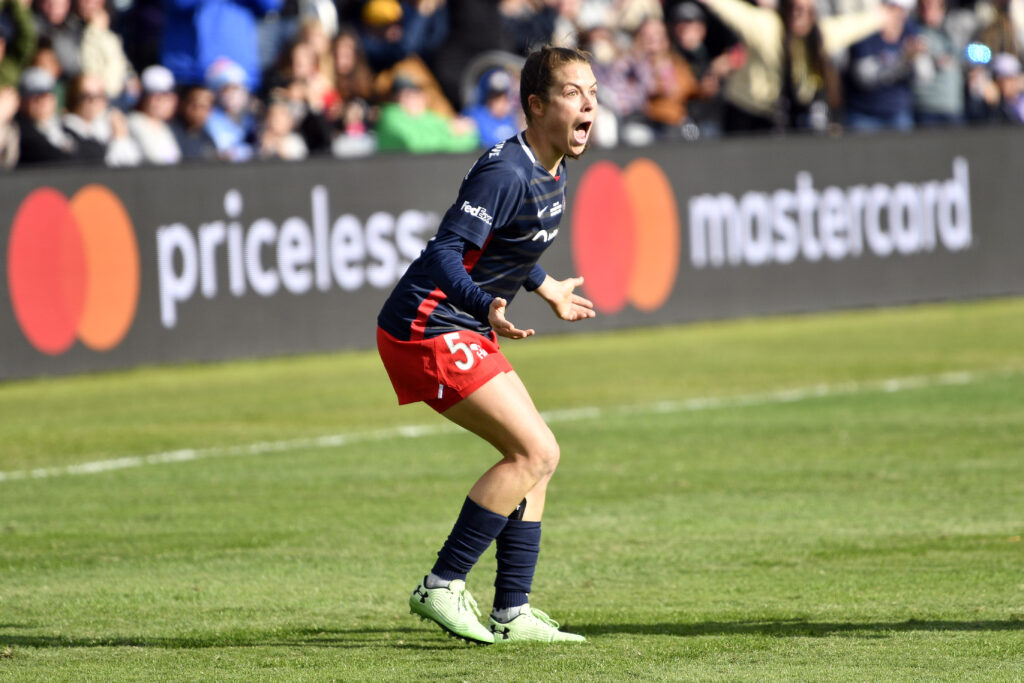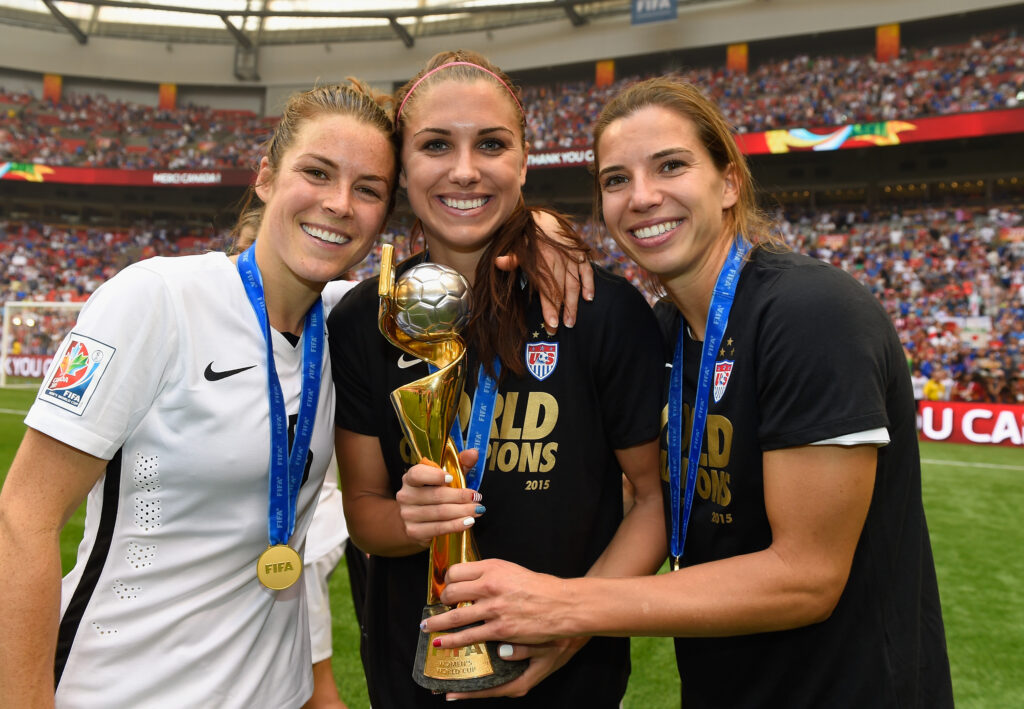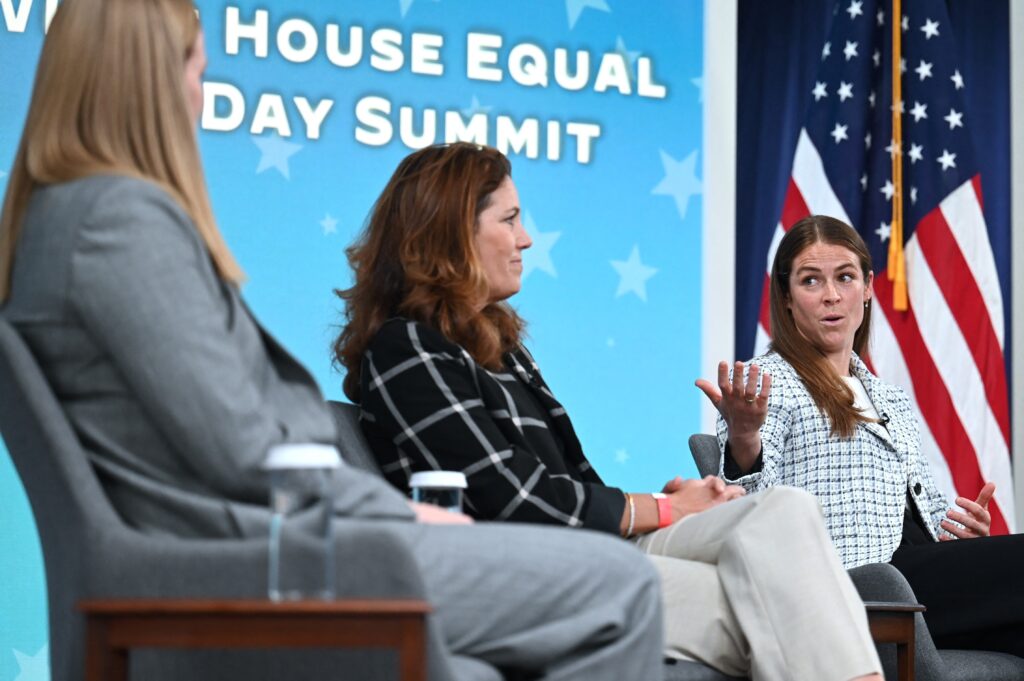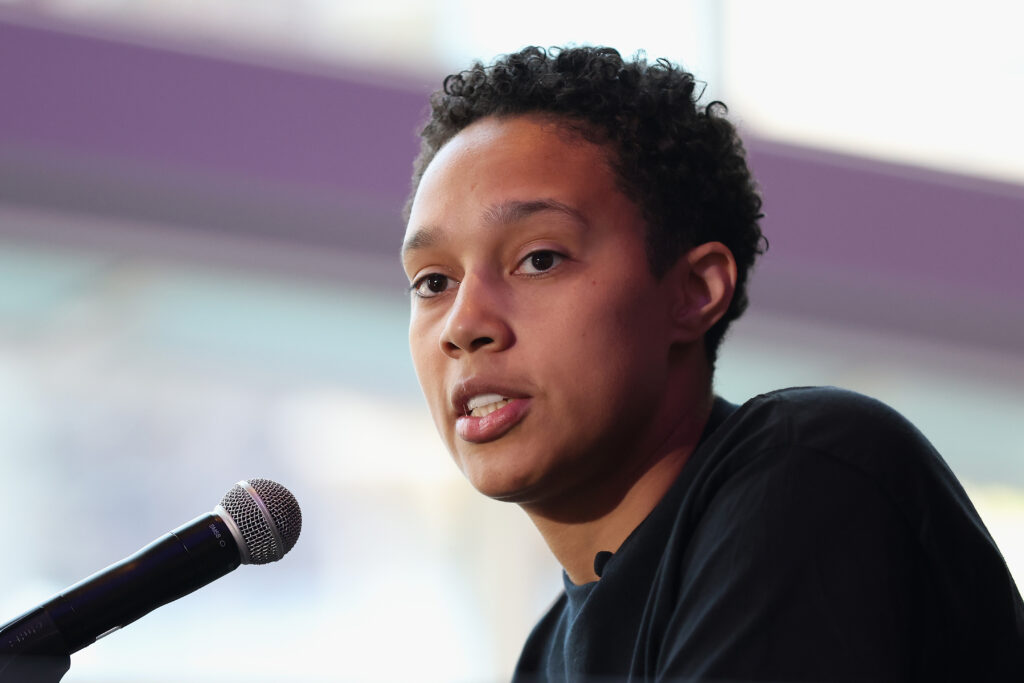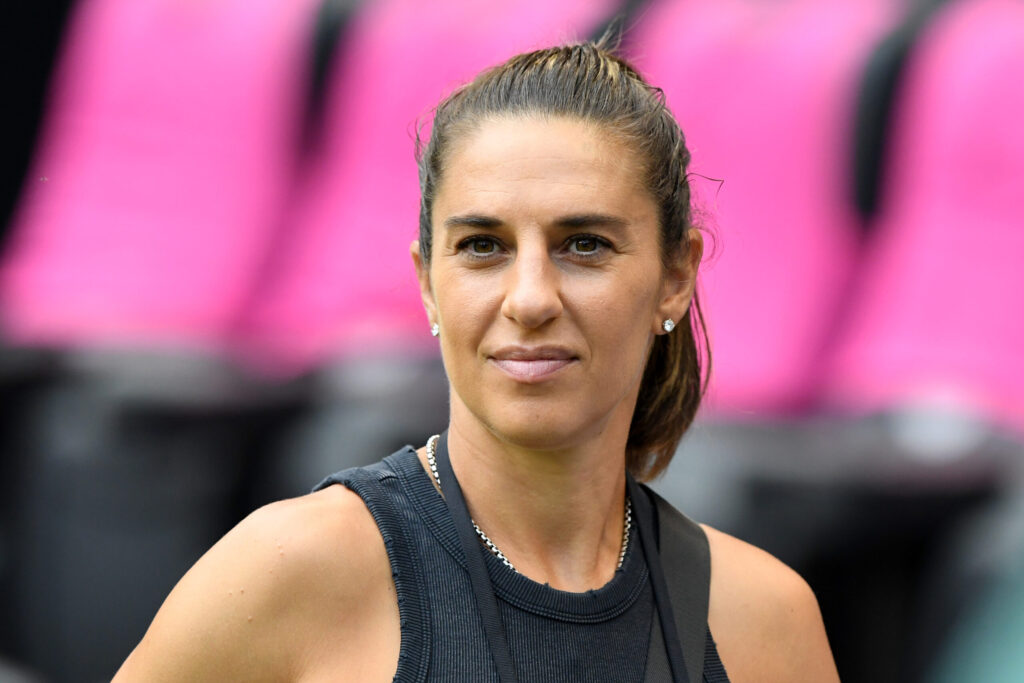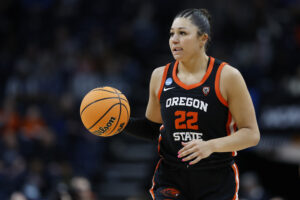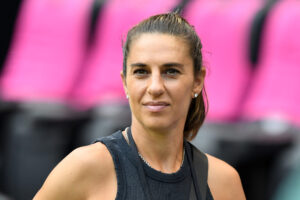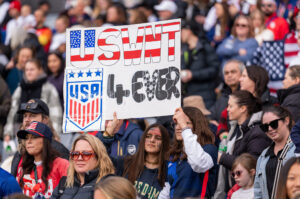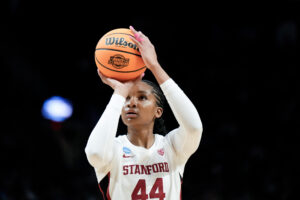With no nets cut down for the 2019-20 season, it seems anachronous that another season should tip off. Nevertheless, here we are in the second week of November, and by the end of the month we will have college basketball.
Between the WNBA draft, the transfer portal and a sparkling class of freshman, there will be plenty of change for this upcoming season. (At the same time, UConn and South Carolina are again predicted to be among the game’s best, so has anything really changed at all?)
For one, a heavy fan presence inside arenas on game day seems pretty unlikely. While some programs have announced that they’ll allow between 15-25% capacity for home games, the vast majority of spectators will be tuning in from the comfort of their living room.
Regardless of how you catch them in action, below are the six players who I believe will define college hoops this year. From a unique freshman sensation to veteran players looking to boost their draft stock, these are the players to stop and watch when you’re flipping through the channels during this season like no other.
In no particular order…
PAIGE BUECKERS: UCONN, FRESHMAN
In the spring, we posed the question, “Will Paige Bueckers save UConn?” The answer then, and now, seems to be yes. The top recruit arrives at Hartford with the weight of the most decorated program on her shoulders, but everyone from her coach to her more than half a million social media followers expects her to perform in year one.
The words “generational talent” have been thrown around a lot with regards to Bueckers, and she is going to a program that has developed more than a few. The freshman point guard will have more eyes on her than anyone when she debuts on the collegiate stage. It is not a stretch to say that UConn’s ceiling in this pandemic season will depend on how quickly Bueckers is able to fare in the transition. Expectations are so high, it’s unlikely she’ll exceed them. But watching to see if Buckers can live up to the hype is enough of a reason to keep an eye on the Huskies.
HALEY JONES: STANFORD, SOPHOMORE
The top-ranked player in her class, Jones looked the part throughout her injury-shortened freshman season. Starting the final 12 games of the season, Jones averaged 12.9 points, 4.8 rebounds, and 2.6 assists per game over that span. Her shooting translated to the collegiate level at a 52.8% rate, and while the schedule difficulty was not exactly equal, Stanford was 16-2 with Jones in the lineup and 11-4 without her. With Jones healthy, Stanford was able to peak at No. 1 in the AP Poll without DiJonai Carrington or Maya Dodson, a critical sign for Cardinal fans, as neither player is available for this season. (Go deeper: read our summer interview with Haley Jones here.)
ALIYAH BOSTON: SOUTH CAROLINA, SOPHOMORE
WOMENS HOOPER WEDNESDAY- 6’5 South Carolina Freshman F Aliyah Boston is DOMINANT. The St Thomas, Virgin Islands native averaged 12.5 PPG 9.4 RPG 2.6 BPG this past season while also being named National Freshman of the Year. FUTURE WNBA FIRST ROUND PICK ???????? @aa_boston pic.twitter.com/9pIw7bFgwB
— Frankie Vision (@Frankie_Vision) September 30, 2020
The Freshman of the Year is poised to make an even bigger splash in year two with South Carolina. On a young team last year, Boston averaged 12.5 points, 9.4 rebounds, and 2.6 blocks per game for a team that went 32-1 and ended the year as the No. 1 team in the AP poll. After shooting an efficient 60.8% from the field, Boston’s game could expand as she grows into the midrange from her spot at center.
Arguably, Boston may need to assume an even bigger role, despite already being First-Team All-SEC last year and the conference’s Defensive Player of the Year. Her freshman season dazzled, but with the loss of Ty Harris and Mikiah Herbert Harrigan, South Carolina will need to find more production. No one would argue that Boston is not prepared, but watching her go to work is sure to be a treat.
DIJONAI CARRINGTON: BAYLOR, GRAD TRANSFER
WOMENS HOOPER WEDNESDAY- 5’11 Incoming Baylor Grad Transfer G DiJonai Carrington is TOUGH. The San Diego, CA native averaged 14.0 PPG 7.5 RPG 1.6 APG 1.1 SPG in the 2018-19 season while also being named All-PAC 12. FUTURE WNBA PLAYER ???????? @DijonaiVictoria pic.twitter.com/1rrJ8pISEZ
— Frankie Vision (@Frankie_Vision) September 9, 2020
Oregon and UConn vied for Carrington, but in the end the Stanford graduate chose to take her fifth year at Baylor. An elite scorer with a significant rebounding presence, Carrington will fit right in on a team that has previously incorporated high-profile transfers Chloe Jackson and Te’a Cooper.
Surrounded by talent and a coach that knows how to push all the right buttons, Carrington is a candidate to reach new heights. While the effects of her physical injuries remain to be seen, everything from Carrington’s past would suggest that she should flourish in any environment. She scored 14.0 points and hauled in 7.5 rebounds per game in her breakout junior season, with Stanford coach Tara VanDerveer expecting even more in a senior season that lasted just five games. Instead, Kim Mulkey will get to see what a full-strength Carrington can contribute in her lineup.
AARI MCDONALD: ARIZONA, SENIOR
For the second straight year, McDonald led the Pac-12 in steals, nabbing 2.3 per game last season and winning the Pac-12 Defensive Player of the Year award for her efforts. Impressive in its own right, McDonald also averaged 20.6 points per game to lead the conference for the second straight year, becoming the first in the Pac-12 to go back-to-back in steals and scoring. Her outsized importance to her Arizona team is evidenced by her 36.8% usage rate on offense, the fourth-highest in the entire sport.
In one game last season, McDonald dropped 44 points on a ranked Texas team. She is also in the midst of a 66-game streak of scoring in double figures, the longest active streak in the country. Last year, her hardware case had to make room for the Ann Meyers Drysdale Award, recognizing the top shooting guard in the country. After playing with Kelsey Plum her freshman season with Washington, McDonald has established herself as a similarly effective scorer for Arizona. If there is one area to grow, it is 3-point shooting, where she is not shy to try but has made just 28% of her attempts in her two seasons with Arizona. Seen as a top professional prospect last year, McDonald will be making her case for WNBA teams all year while playing on an Arizona team hoping to make some noise in March.
ELISSA CUNANE: NC STATE, JUNIOR
I miss the games but I also miss the March Madness stories about the student-athletes that play the game. Ken Neal of @RaycomSports is an AMAZING feature producer/director. Enjoy this inspirational story about @PackWomensBball Elissa Cunane & her family. pic.twitter.com/lttptUvf5Z
— LaChina Robinson (@LaChinaRobinson) March 16, 2020
Nearly averaging a double-double from the center position, Cunane was essential to NC State’s 28-4 season. A 54.7% shooter last season, Cunane fit right in on a team filled with 3-point shooters, making 17-of-38 from beyond the arc after taking just 12 in her freshman season. With 3-point shooters continuing to space the floor and the confidence to attack any defender one-on-one, Cunane will continue to get the point totals. Like others on this list, there is room to improve, which is exactly what makes her junior season so exciting. Last year, NC State won its first conference tournament in 29 years and reached No. 4 in the AP poll. How successful they are in the 2020-2021 season will be largely up to Cunane to decide.
